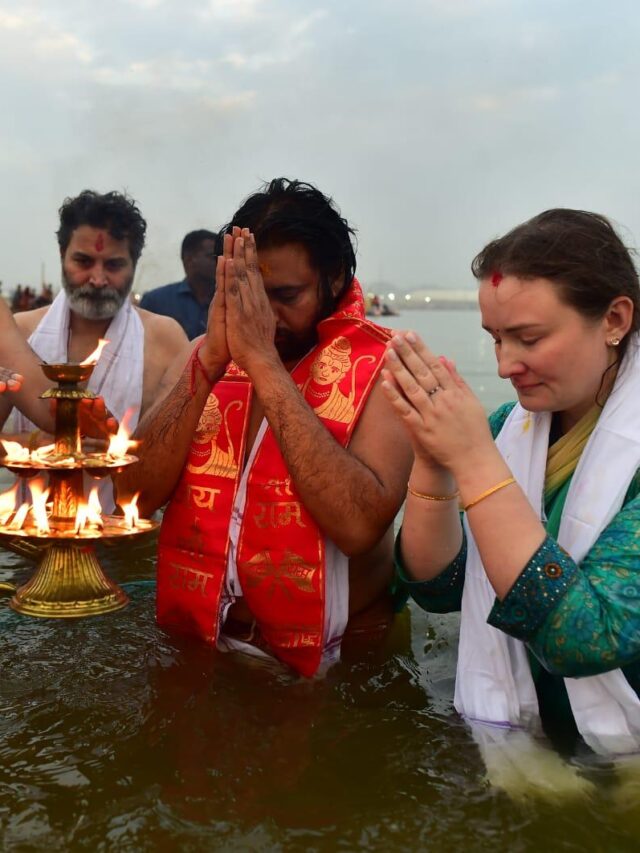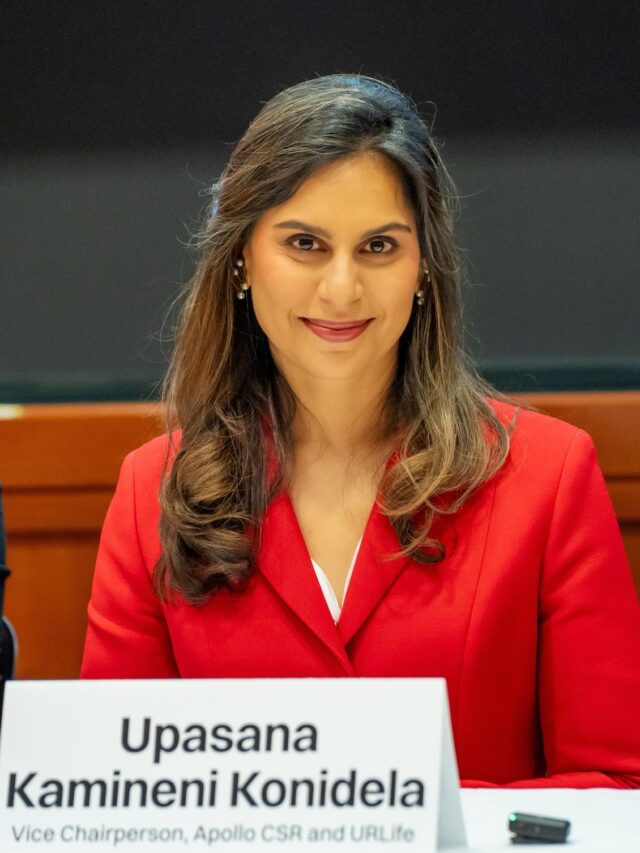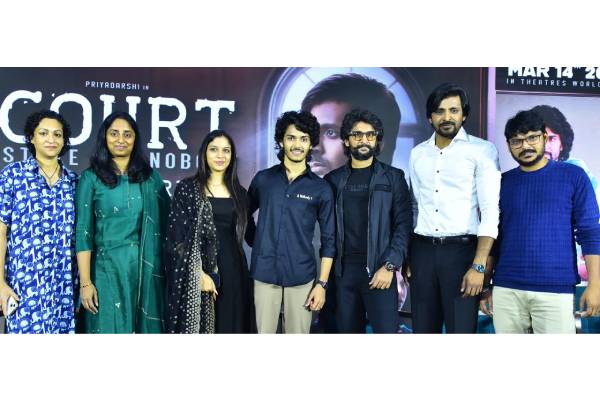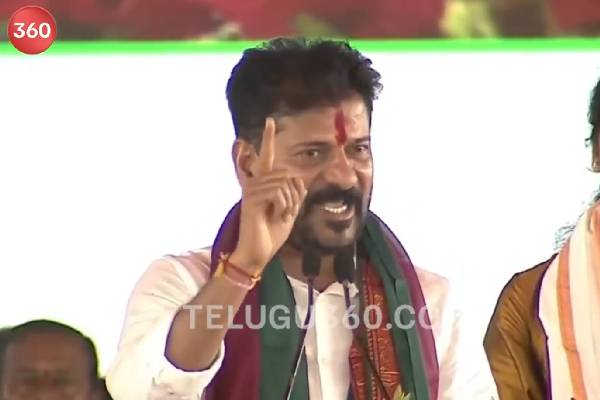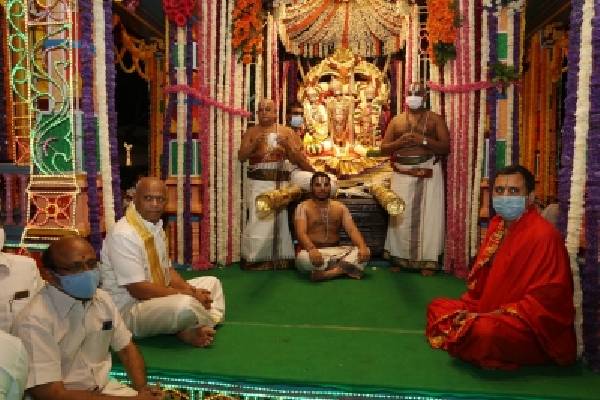The Tirumala Tirupati Devasthanam (TTD) has announced that Anjanadri, one of the seven Tirumala hills, was the birth place of Lord Hanuman. As announced earlier, the TTD’s proclamation came on Wednesday, on the occasion of Ram Navami.
Announcing the findings of a four-month long study, Acharya Muralidhar Sarma, Vice Chancellor of the National Sanskrit University, said here that the study has established that the faithful aide of Lord Ram was born at the Japali Theertham or natural water spring in the Anjanadri hills, one of the 20 names by which the Venkatachalam hill is known.
Sarma said that their findings are derived from the information present in the ‘Puranic’ anthologies, literary and epigraphic evidences, and geographical references.
Sarma said that evidence was collected from 12 Puranas. Similarly, verses from Kamba’s Ramayanam and Annamacharya’s compositions provided literary evidence while epigraphic evidence was derived from the 12th and 13th century inscriptions found in the Tirumala temple, inscriptions in the Varadaraja Swamy temple at Kanchipuram, and Sawal-e-Jawab, a record of practices at Tirumala dating back to 1801-02.
For geographical validation, the committee turned to the Skanda Purana, where Sage Matanga tells Hanuman’s mother Anjani Devi that Venkatachalam is to the north of Swarnamukhi river and located at a distance of 12 yojanas from Ahobilam, in present-day Kurnool district of Andhra Pradesh.
Also present on the occassion were Tamil Nadu Governor Banwarilal Purohit and TTD Executive Officer K.S. Jawahar Reddy, who had set up the committee to identify Lord Hanuman’s birth place.
The TTD committee’s findings come in the face of claims made by several states such as Karnataka, Jharkhand, Gujarat and Haryana, of being the birth place of Lord Hanuman.
“Hampi in Karnataka is not the birth place of Hanuman, as is being claimed for long. Hampi is the Kishkinda of yore while Venkatachalam is Anjanadri. Their conversation makes it amply clear when Sugreeva asks Hanuman to bring Vanaras from Anjanadri. If it was in Kishkinda, he would not have asked that way,” Sarma explained.
The TTD committee comprised Sri Venkateswara Veda Viswavidyalayam VC Acharya Sannidhanam Sudhakar Sarma; Acharya Rani Sadasiva Murthy; Acharya Janamaddi Ramakrishna; ISRO scientist Remella Murthy; Acharya Muralidhar Sarma and Andhra Pradesh archeological department deputy director Vijay Kumar.
Akella Vibheeshana Sarma, head of the TTD SV University’s Vedadhyayana project, was the convenor of the committee.















